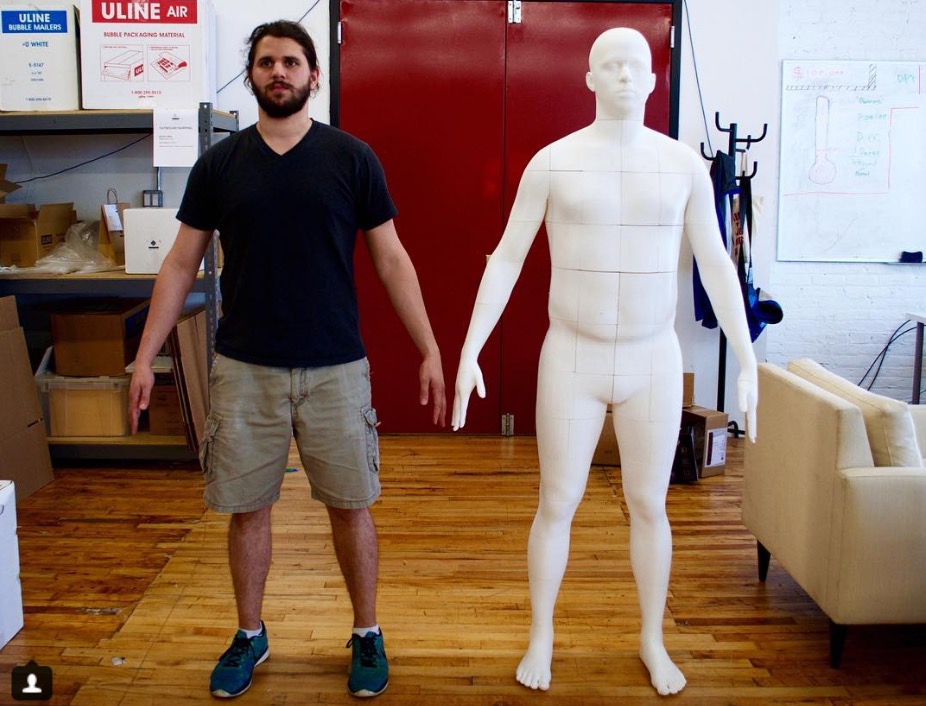A team of researchers at NYU Tandon published a paper last week, finding several types of potential security vulnerabilities in the 3D printing process. In particular, the researchers focused on the insertion of fine defects, and the orientation of the printer head.
“Recently, the FAA [Federal Aviation Administration] approved the first 3D-printed part, a fuel nozzle, for use in aircraft engines,” Nikhil Gupta, an associate professor of mechanical engineering at Tandon, and a coauthor of the paper, said in an interview. “Examples of many other industrial and medical applications are now available in which 3D-printed parts are put into service. In these cases, attention to security aspects is necessary.”
One method researchers used was to make minor changes the CAD files that printers read and print. They introduced microscopic defects into the product, which would be undetectable by normal quality control methods, but which, over time would seriously compromise the strength of the product. If you’re dealing with jet planes, that could be an issue.
This is important for us because Brooklyn is maybe the center of 3D printing in the world. According to a separate report from earlier this week, New York “continues its reign as the 3D printing capital of the world.” According to its data, accessed in mid-July, New York is home to 3,739 makers and 516 3D printers, far ahead of second-place Los Angeles (which has 2,557 makers and 410 printers), and the big New York players, including MakerBot and Voodoo Manufacturing, are both based here in Kings County.
“If a printer is directly hacked and the changes are made on-the-go to create a defect (such as ordering the printer to skip depositing the material or depositing it at a low temperature so that it does not fuse with the other layer),” Gupta said, “then the defects may go undetected as a lot of parts are built over several hours of printing time. Many printers are always connected to internet to queue the print jobs remotely or to diagnose problems.”
So will this take down the industry? Is it just a speed bump? Couldn’t traditional manufacturing be hacked, too?
Well, in traditional manufacturing, parts are typically made by machines not connected to the internet and also live, human people. The lens through which to view 3D printing is not manufacturing, but rather software.
“The trend seems to be that new security approaches are developed continuously and some of them are breached, and the industry moves on to the next new security technology,” Gupta explained. “The same trend may also be applicable to security of 3D printing because it is usually protected under the same network that is hosting other systems of a company. We want to bring focus specifically to the security of 3D printing because if a part design is stolen, it cannot be changed or replaced with a new design. That intellectual property is lost forever.”
Join the conversation!
Find news, events, jobs and people who share your interests on Technical.ly's open community Slack

